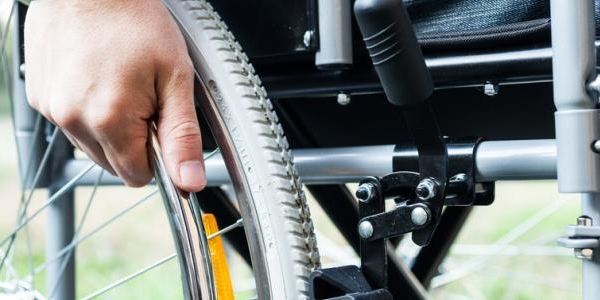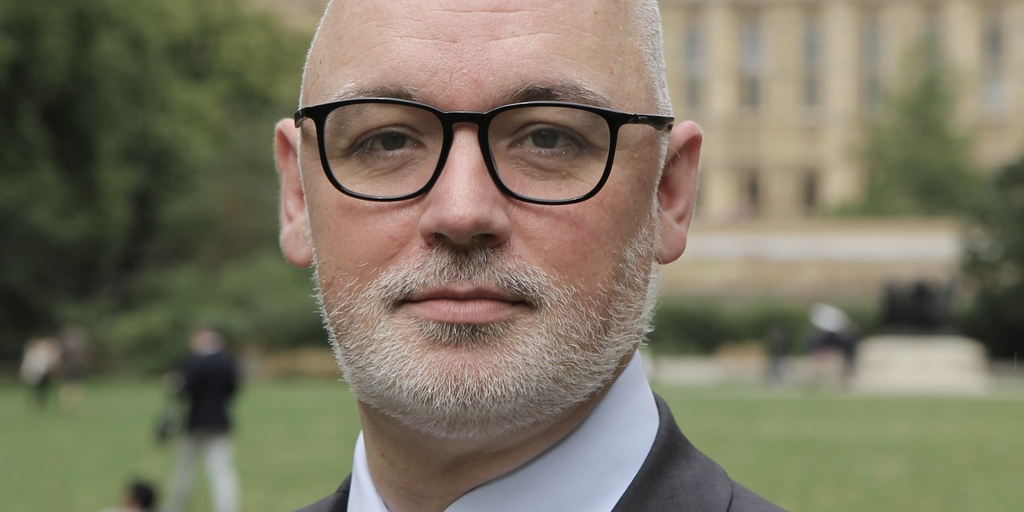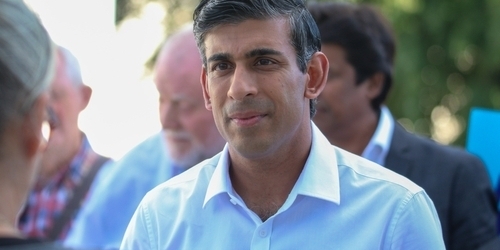Going Dutch? The horror story of the World’s Euthanasia Lab
Assisted Suicide
As “aid-in-dying” and “physician-assisted suicide” offer candy-coated varieties of medical killing to British audiences, just across the North Sea lies the real deal: doctors killing patients in the same way that here in the UK vets kill animals.
So it’s handy to know a bit about how things are working over there. Because the Dutch have been killing people off since the 1970s. The law has changed once or twice since, and what was initially presented (as it tends to be in the UK) as a last-ditch way to help elderly people in the grips of painful terminal illness has now made it legal to kill unhappy teenagers.
A few weeks back there were disturbing press reports of the doctor killing of a distressed 17-year-old called Noa Pothoven. Further inquiries showed they were mistaken – she had asked for euthanasia, but it was actually denied; she ended up dying because she refused to eat and drink.
But as a recent article in the prestigious American magazine The Atlantic pointed out, the story certainly could have been true. Author Scott Kim (a psychiatrist who studies “psychiatric euthanasia”) notes: “A respected Dutch-language medical journal recently reported that an 18-year-old had died via medically assisted suicide for psychiatric problems.” The “benefits” of Dutch euthanasia have crossed several red lines – or, if you prefer, kept sliding down a very slippery slope. First from the elderly to teens. Then from people who are actually dying and will soon be dead anyway to those with long-term chronic conditions. Then from painful physical diseases to mental distress – basically, depression.
There’s a logical point here that the slow and sure Dutch slide is illustrating depressingly well.
The basic argument in favour of euthanasia (or whatever your preferred term is for when a doctor uses or prescribes drugs to bring about death) – the basic argument is that at the end of the day “it’s up to me what happens to my body.” But hardly anyone would actually argue in favour of requiring chemists’ shops to provide suicide booths so you can just end it all whenever you feel like it. If it really is up to you what happens to your body, then when you feel like giving up and doing away with yourself don’t we have a responsibility to enable you – without delay?
But hang on – we all have bad days! And some of us get depressed and it passes. And surely no-one wants young people who have been dumped by their girl/boyfriends and feel miserable to end up dead as soon as they can make it to Boots!
You see, we’re already interfering with your “right” to do what you want with yourself. We’re saying – yes, it’s kind of your right, but only as long as we think what you’re doing is reasonable. Snap out of it! Things aren’t as bad as they seem!
But the Dutch slippery slope is getting remarkably close to the Boots suicide booth scenario!
The core to the Dutch law has all along been the idea that “hopeless and unbearable suffering” is the trigger. That once meant painful terminal cancer. Now it can mean depression.
And look at what’s being talked about as the Dutch look ahead!
-
What if you make an “advanced directive” saying you want euthanasia if you start showing symptoms of Alzheimer’s?
-
There was a big petition signed by “prominent Dutch citizens…including former ministers and artists, legal scholars and physicians” asked for euthanasia to be available to everyone over 70 “who feel tired of life.”
-
Then in 2016, “the Dutch Health Minister…announced plans to draft a law that would allow assisted suicide in cases…if the person feels they have completed life.”
Here’s what Edith Schippers had to say: The country must address the needs of “older people who do not have the possibility to continue life in a meaningful way, who are struggling with the loss of independence and mobility, and who have a sense of loneliness” and “burdened by general fatigue.” (New York Times report, October 13, 2016)
One politician responded: “We cannot allow people who are needy or lonely to be talked into dying….Combating loneliness… is always the best option.”
It would certainly be a way of saving a lot of money on social care!
The killing of children is for many the most disturbing fact of all, and that’s already happening. Here’s The Atlantic’s psychiatrist’s assessment from his research.
Before a doctor can kill a child:
“Parents of 16- and 17-year-olds are involved in the discussion, but their permission is not required. Patients as young as 12 can seek euthanasia with parental consent. In about 10 cases since 2002, children ages 12 to 17 have received euthanasia; as far as I know, all were for physical illnesses.”
But in 2017, a total of 83 people who were not physically sick were killed by their doctors.
And, slowly, the Dutch doctor-killing is spreading – especially in Belgium, where more than half the population is Dutch-speaking. Here’s the Guardian’s round-up of the spread of the Dutch disease.
So next time you hear there’s no slippery slope, just check out the latest news from the Netherlands. It’s the world’s Euthanasia Lab, where the human race is experimenting with what happens once doctors get a licence to kill.
As someone said, it’s not a slippery slope, it’s downhill skiing.
Read more
In this article, Nigel Cameron argues that we must save doctors from pressure to kill themselves
The risks of legalising assisted suicide are simply too great, by CARE's James Mildred





Share story
Going Dutch? The horror story of the World’s Euthanasia Lab